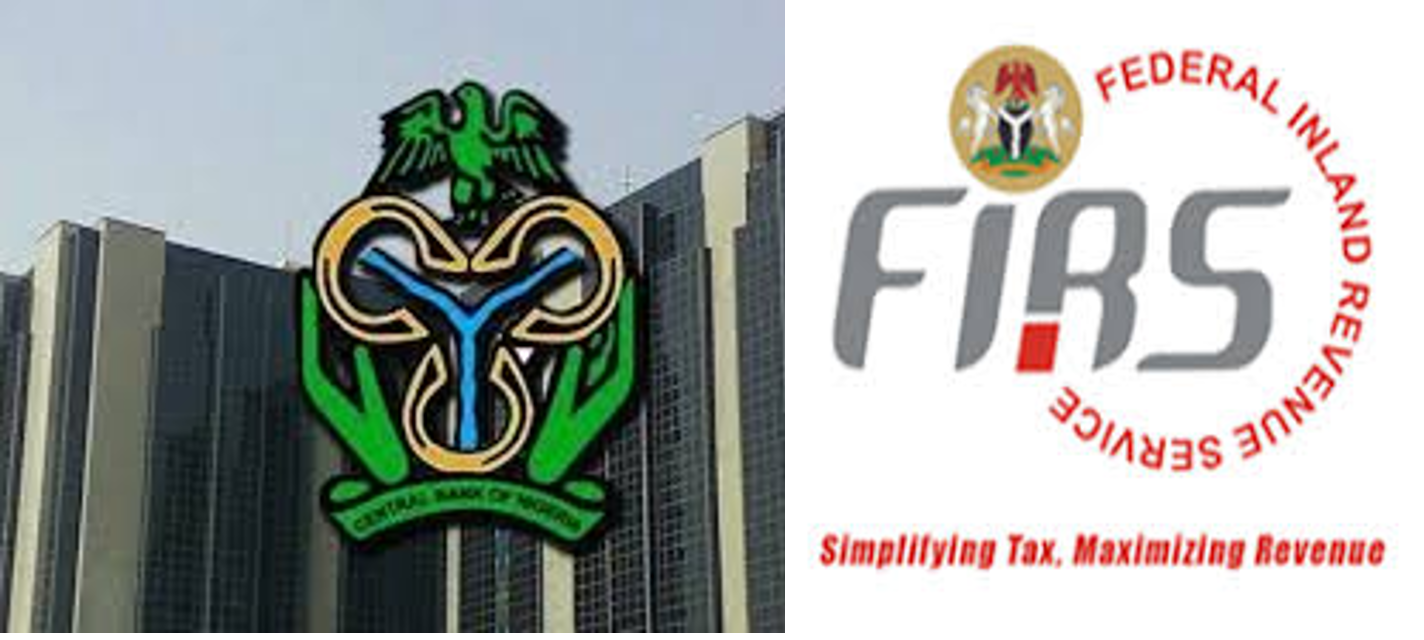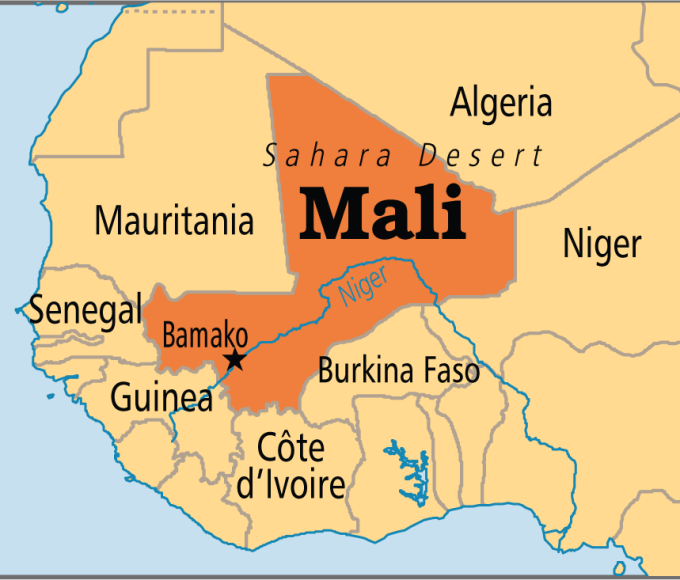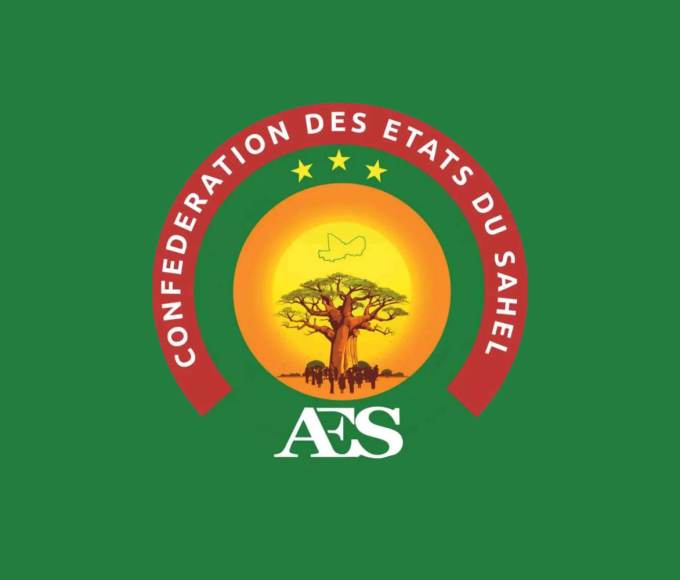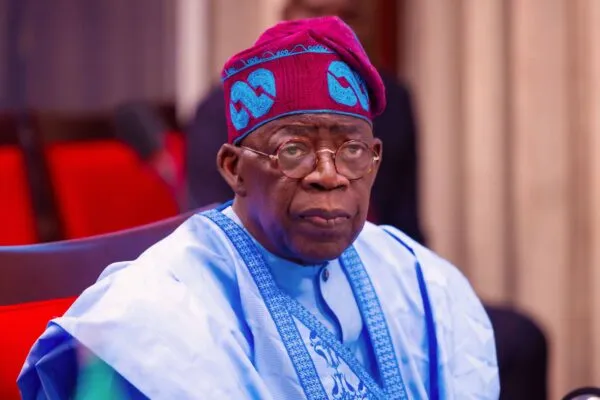
You Can’t Tax a Dead Economy: Nigeria Is Suffocating Under Its Own Policies

As Nigeria’s Central Bank clings to its benchmark interest rate of 27.5 per cent, the country’s economic engine is sputtering. For businesses and entrepreneurs across the nation, the cost of borrowing has become prohibitively expensive, making survival a struggle, let alone growth. While the federal government champions a new wave of tax reforms as the solution to its fiscal challenges, these efforts are doomed from the start. Why?
Because you simply can’t tax an economy that’s already gasping for air.
A Bleeding Private Sector
At the heart of Nigeria’s economic malaise lies a deeply distressed private sector. Small and medium-sized enterprises (SMEs), the backbone of employment and innovation in the country, are facing borrowing costs that exceed 40 per cent. These businesses account for over 80 per cent of jobs and nearly half of Nigeria’s GDP. Yet today, many of them are either scaling down operations, shelving expansion plans, or shutting their doors entirely.
Manufacturers are struggling to access working capital. Farmers can’t afford mechanised equipment or fertilisers. Tech startups that once attracted investor interest are now unable to access the capital needed to develop products or hire talent.
The cost of credit is simply too high.
The Reform Illusion
In Abuja, policymakers signed an ambitious tax reform agenda, led by the Federal Inland Revenue Service (FIRS). The reforms include digital compliance systems, efforts to increase Value Added Tax (VAT) collections, and a drive to expand the national tax base. On paper, these reforms promise to raise government revenues and improve fiscal discipline.
But on the ground, there’s a far harsher reality:
There is less and less to tax. Businesses are shrinking, not growing. Profit margins are thinning, not widening. Investors are fleeing, not coming in.
Tax revenues reflect this deterioration. Corporate income tax collections have declined by 28 per cent in 2024, while VAT growth has flatlined despite greater enforcement. The government’s hopes of generating more revenue from a shrinking economy are increasingly unrealistic.
An Outlier Among Peers
The scale of Nigeria’s monetary tightening becomes even evident in a global context. While the economies of the United States, the United Kingdom, and the Eurozone maintain interest rates between 3.75 and 4.25 per cent, Nigeria’s policy rate is nearly seven times higher. Even among peer African economies, Nigeria stands out as an outlier. South Africa’s rate stands at 8.25 per cent, while Kenya’s is 13 per cent. The disparity is more than numeric; it signals a fundamental policy misalignment.
Where other economies are using monetary policy to encourage investment and productivity, Nigeria’s stance is choking. Rather than serving as a tool for development, the current interest rate has become a barrier to progress.
The Argument from the Central Bank
The Central Bank of Nigeria (CBN) defends its position by citing inflationary pressures and currency instability. With the naira facing significant devaluation pressures and inflation hovering above 30 per cent, the CBN argues that high rates are necessary to stabilise prices and restore investor confidence. This approach is self-defeating. Inflation has remained stubbornly high despite the aggressive rate hikes, and the naira continues to wobble under the weight of low productivity and weak capital inflows. Meanwhile, the real economy, including jobs, businesses, and consumer confidence, continues to deteriorate.
You cannot grow tax revenue from a collapsing economy. These reforms assume there’s something to tax, but when businesses are being destroyed by monetary policy, the entire foundation falls apart.
Misalignment and the Danger of Stagflation
What Nigeria is experiencing is not just a temporary dislocation; it is a dangerous policy mismatch. Fiscal authorities are trying to grow revenue in a declining economy, while monetary authorities are suppressing demand and private sector activity. The result is a toxic mix:
Stagflation, characterised by high inflation combined with economic stagnation.
This scenario threatens long-term damage. Layoffs are increasing, consumer spending is falling, and investor confidence is eroding. In such an environment, no tax reform, no matter how well designed, can deliver meaningful gains. A shrinking tax base is simply incompatible with growing government revenue.
The Way Forward: Aligning Policy with Reality
To avert deeper economic damage, economists and industry leaders are urging the Nigerian government to rethink its macroeconomic strategy. This means not just lowering interest rates, but doing so in a coordinated manner with targeted fiscal support.
These could be done through:
- Gradually easing the benchmark interest rate to relieve pressure on domestic lending.
- Creating special credit windows for high-impact sectors like manufacturing, agriculture, and SMEs.
- Offering tax incentives for businesses that invest in job creation and innovation.
Increasing policy transparency and consistency to restore investor confidence.
Above all, there is a need for coordination between monetary and fiscal policy. This unified economic strategy fosters growth first and then builds a sustainable revenue model on top of it.
The message from the business community, economists, and even some government insiders is now unmistakably clear:
You cannot tax a dead economy. And if the current interest rate regime continues, the damage to Nigeria’s growth potential may become irreversible.
Without immediate corrective action, the nation risks entering a deeper cycle of low productivity, mass unemployment, capital flight, and fiscal desperation. It’s not just a matter of rates, it’s a question of survival.
Read More:
- As Tinubu Urges Africa-Caribbean Unity in Saint Lucia, Over 272 Nigerians Killed in June Alone
- “Wike is Not a Blessing to Us, He’s a Disaster” — Workers Protest in Nigeria’s Capital Over Unpaid Wages, Poor Working Conditions
About The Author
Related Articles
Gold Sector Revival Expected to Drive Mali Growth Next Year
The International Monetary Fund has projected that Mali’s economy will return to...
ByWest Africa WeeklyDecember 22, 2025Burkina Faso, Mali and Niger Formalise New Regional Security Alliance
Burkina Faso, Mali and Niger have formally launched a joint regional military...
ByWest Africa WeeklyDecember 22, 2025Ghana Receives Nigerian Military Aircraft After Burkina Faso Release
A Nigerian Air Force aircraft that had been held by Burkina Faso...
ByWest Africa WeeklyDecember 22, 2025Burned Files, Altered Laws: The Growing Pattern of Disappearing Records Under Tinubu
A fire outbreak at the headquarters of the Federal Inland Revenue Service...
ByWest Africa WeeklyDecember 21, 2025












Leave a comment